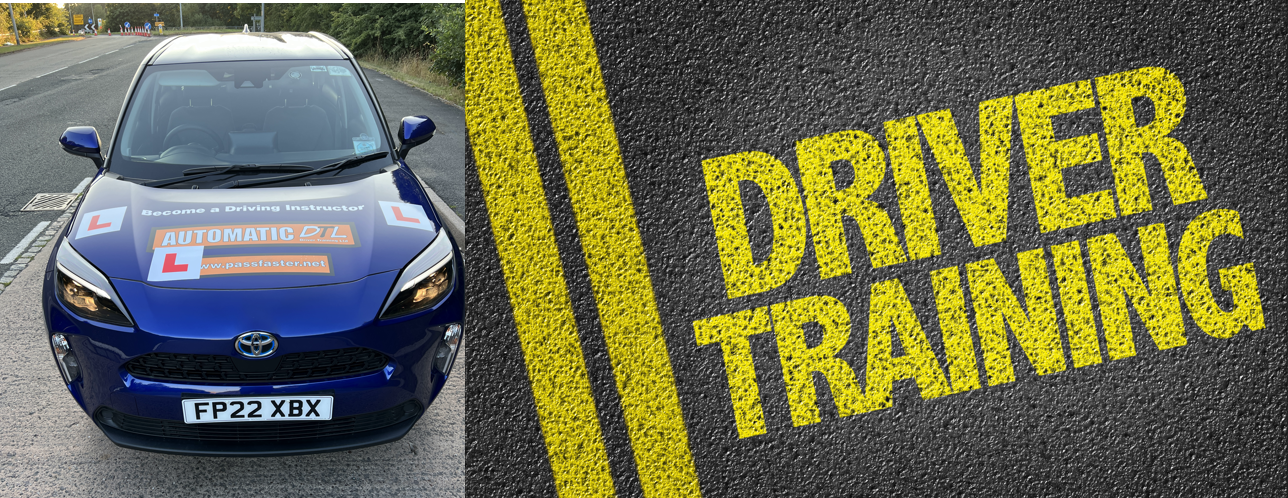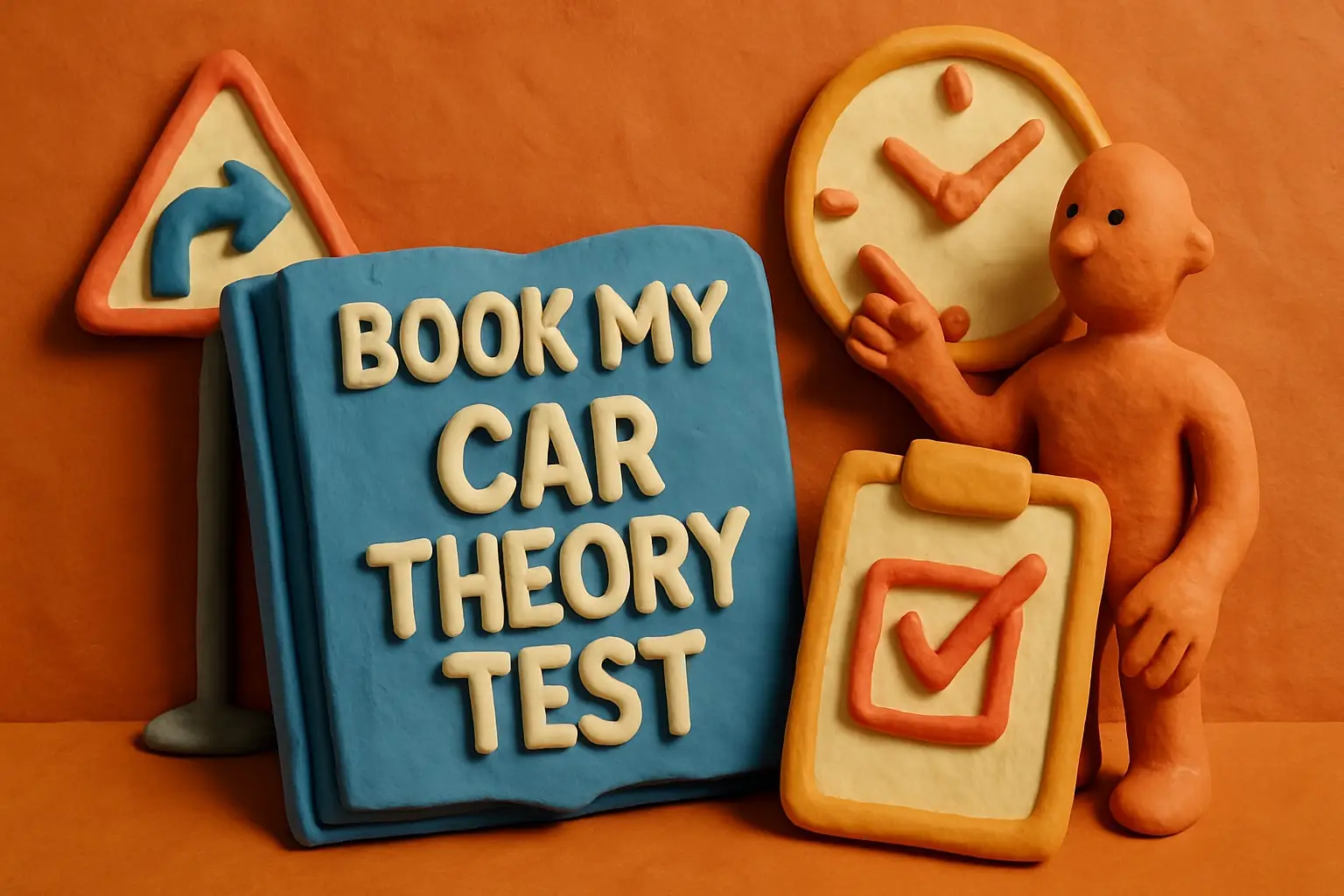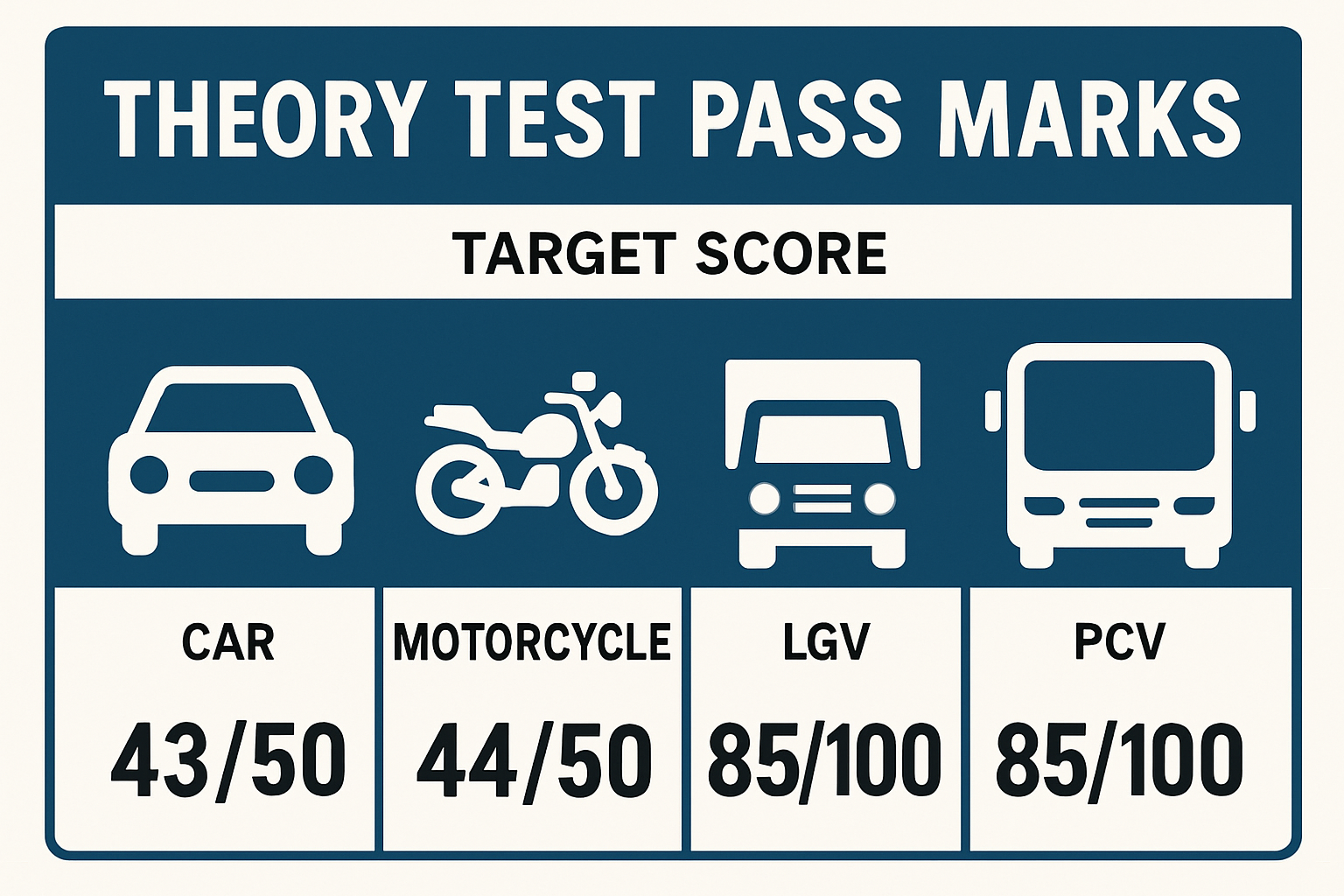Driving Theory Test Practice: The Ultimate Guide to Passing First Time
Introduction to the Driving Theory Test
The driving theory test practice is a crucial step toward earning your driver’s license. In the UK, you can’t book a practical driving test without first passing the theory exam. This assessment ensures that learners understand the rules of the road, road signs, and hazard awareness before getting behind the wheel for real-life driving scenarios.
But here’s the catch—many learners underestimate its importance and fail on their first attempt. That’s where consistent practice comes in.
Why Driving Theory Test Practice is Essential
Building Confidence on the Road
Confidence comes with preparation. Practicing regularly allows learners to familiarize themselves with the exam format, reducing nervousness on test day.
Reducing Test Anxiety
Many learners panic when they see the official test environment. Practice helps ease that anxiety by simulating the real experience, making the exam feel like just another mock test.
Improving Knowledge Retention
Studying in short bursts over several weeks ensures you retain more information compared to cramming the night before.
Structure of the Driving Theory Test
The theory test is divided into two parts:
Multiple-Choice Questions
- 50 questions covering road rules, signs, and safe driving.
- You need 43 correct answers to pass.
Hazard Perception Test
- A video-based test with 14 clips.
- Learners must spot developing hazards and click at the right moment.
The Pass Mark Explained
- Multiple-choice: 43/50
- Hazard perception: 44/75
- You must pass both sections to succeed.
Effective Driving Theory Test Practice Strategies
Using Official DVSA Materials
The DVSA (Driver and Vehicle Standards Agency) provides official study guides, apps, and question banks that reflect real exam content.
Online Mock Tests and Apps
Websites and apps replicate exam conditions. Doing timed mock tests helps learners manage stress and improve speed.
Creating a Study Schedule
Set aside at least 30 minutes daily over 4–6 weeks. Consistency beats last-minute cramming.
Group Study vs. Solo Revision
- Group study: Great for discussing tricky topics.
- Solo revision: Perfect for focused, distraction-free learning.
Common Topics Covered in the Driving Theory Test
Road Signs and Signals
Understanding traffic signs is non-negotiable. Learners must memorize shapes, colors, and meanings.
Vehicle Handling and Safety
Covers stopping distances, car maintenance, and handling adverse weather.
Rules of the Road
Tests knowledge of right-of-way, motorway driving, and speed limits.
Road Awareness and Alertness
Assesses your ability to stay aware of surroundings, including cyclists, pedestrians, and other hazards.
Tips for Hazard Perception Practice
Spotting Developing Hazards
The hazard perception test isn’t about spotting static hazards like a parked car. Instead, it’s about recognizing developing hazards—situations that could turn dangerous. For example, a pedestrian stepping onto the road or a car pulling out of a driveway.
Timing Your Clicks Correctly
You don’t just click once. You can click multiple times as the hazard develops. But be careful—clicking continuously may be flagged as cheating. The best strategy is to click once when you first spot a hazard, then again as it becomes more obvious.
Mistakes to Avoid During Driving Theory Test Practice
Relying Only on Memory
Some learners try to memorize answers without understanding the logic. This strategy often backfires because the DVSA updates its question bank regularly.
Ignoring Hazard Perception Training
Many learners focus only on multiple-choice questions and neglect the hazard perception section. Since both parts must be passed, ignoring one is a big mistake.
Last-Minute Cramming
While cramming might work in school exams, it rarely works here. Short, regular sessions are far more effective for long-term retention.
Best Resources for Driving Theory Test Practice
DVSA Theory Test Kit App
This is the official app by the DVSA. It includes real questions, mock tests, and interactive hazard perception clips.
Online Mock Exams
Websites like GOV.UK
Best Resources for Driving Theory Test Practice
Best Resources for Driving Theory Test Practice
Online Mock Exams
Websites like GOV.UK
How to Stay Motivated While Practicing
Setting Realistic Goals
Break down your preparation into small milestones. For example, aim to score 35/50 in the first week and gradually increase.
Tracking Your Progress
Keep a record of your scores from each mock test. Seeing improvement motivates you to keep going.
Rewarding Yourself After Study Sessions
Give yourself small rewards—like watching your favorite show or having a treat—after completing a revision session.
Frequently Asked Questions (FAQs)
Q1: How many hours should I practice for the driving theory test?
A: Most learners need around 15–20 hours of focused practice spread over a few weeks to feel fully prepared.
Q2: Can I retake the driving theory test if I fail?
A: Yes, but you must wait at least 3 working days before booking another attempt.
Q3: Is the hazard perception test harder than the multiple-choice section?
A: It depends on your preparation. Many find it harder because it requires real-time responses rather than memory-based answers.
Q4: Do practice tests use the same questions as the real exam?
A: The DVSA updates its bank regularly, so questions won’t be identical, but they are very similar in format and difficulty.
Q5: How long does the driving theory test last?
A: The test takes about 57 minutes for the multiple-choice section, followed by the hazard perception test, which lasts around 20 minutes.
Q6: Can I take the test in another language?
A: In the UK, the driving theory test is currently available only in English, Welsh, or British Sign Language (BSL).
Conclusion
Passing the driving theory test is not just about earning your license—it’s about becoming a safe and confident driver. By using the right resources, practicing consistently, and focusing on both the multiple-choice and hazard perception sections, you’ll maximize your chances of passing on your first attempt.
Remember, effective driving theory test practice is the key to success. Don’t just aim to pass—aim to understand the rules of the road so you can drive responsibly for life.
Contents
- 1 Driving Theory Test Practice: The Ultimate Guide to Passing First Time
- 1.1 Introduction to the Driving Theory Test
- 1.2 Why Driving Theory Test Practice is Essential
- 1.3 Structure of the Driving Theory Test
- 1.4 Effective Driving Theory Test Practice Strategies
- 1.5 Common Topics Covered in the Driving Theory Test
- 1.6 Tips for Hazard Perception Practice
- 1.7 Mistakes to Avoid During Driving Theory Test Practice
- 1.8 Best Resources for Driving Theory Test Practice
- 1.9 Best Resources for Driving Theory Test Practice
- 1.10 How to Stay Motivated While Practicing
- 1.11 Frequently Asked Questions (FAQs)
- 1.12 Conclusion



